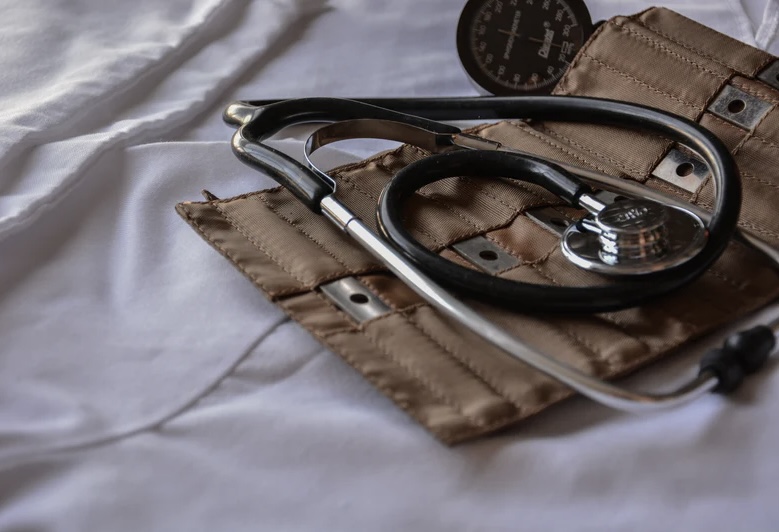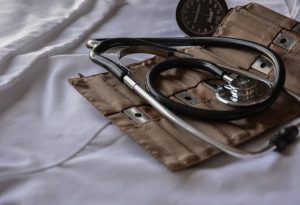
Blood clots can cause significant health problems or death.
The human body is truly incredible.
Multiple systems like the cardiovascular system and digestive system together allow people to live.
Because each part of the body is dependent on the others, problems within one system can lead to major health issues.
According to a recent AARP article titled “6 Signs of a Blood Clot You Shouldn't Ignore,” people should monitor their cardiovascular health for this reason.

Certain health factors elevate your risk for blood clots.
One specific danger is blood clots.
Deep vein thrombosis clots often form in the lower leg and obstruct blood flow to vital organs.
In addition to inhibiting blood flow, blood clots pose other threats to the body.
When the clots free themselves from the walls of veins and arteries, they can move to other parts of the body and wreak havoc.
If a blood clot enters the lungs, it can form a specific type of obstruction known as a pulmonary embolism.
Pulmonary embolisms can trigger significant damage to organs or even death.
In fact, the Centers for Disease Control and Prevention (CDC) estimates 100,000 people die of blood clots in the United States alone.
Yikes!
It can be helpful to know if you are at a greater risk for clots.
What are common risk factors?
If you are obese, you are in the higher risk category.
Those with other illnesses like heart disease, lung disease, recent or recurrent cancer, or inflammatory bowl disease all have a greater risk of developing blood clots.
Additionally, those who take estrogen-based medications have an elevated risk.
These medications typically include hormone replacement therapy or birth control pills.
In the past few years, scientists have connected COVID-19 to abnormal blood clotting.
It is hypothesized that the connection is a result of COVID-19 leading to elevated levels of inflammation.
The ability of blood to clot is not inherently bad.
It is useful in preventing excessive bleeding after an injury.
Although blood clotting is beneficial for many injuries, certain ailments require additional monitoring for complications.
Those who have recent surgery should look for symptoms of a blood clot?
Why?
Because about half of reported clots occur during or soon after a stay at the hospital or after a surgery.
This is especially true for those with hip, leg, abdomen, or pelvis surgery.
Broken bones or other physical trauma can cause cardiovascular issues.
Finally, being sedentary (like when bedridden or traveling via car or plane for an extended period of time) may also trigger issues with blood clots.
Because symptoms can often mimic those of other ailments, older individuals should be alert and seek help for pain or tenderness in only one leg, swelling of the whole leg or from the knee down, persistent cramping or muscle spasms, and swelling or pain in one arm.
Severe and urgent symptoms include chest discomfort or pain as well as dizziness, shortness of breath, or cough.
For these severe signs, you should go to the hospital immediately or call 911.
Diagnosing blood clots is fairly quick and simple with the use of ultrasound.
By diagnosing early, you can begin treatment.
Large blood clots do not go away on their own.
Common treatments for clots include blood-thinning prescriptions, other medications, and possibly surgery.
By being vigilant and monitoring your health with a physician, you can minimize your chances of dangerous complications from blood clots.
Reference: AARP (Oct. 7, 2021) “6 Signs of a Blood Clot You Shouldn't Ignore”
REMEMBER: “The choice of a lawyer is an important decision and should not be based solely upon advertisements.”
This statement is required by rule of the Supreme Court of Missouri.
